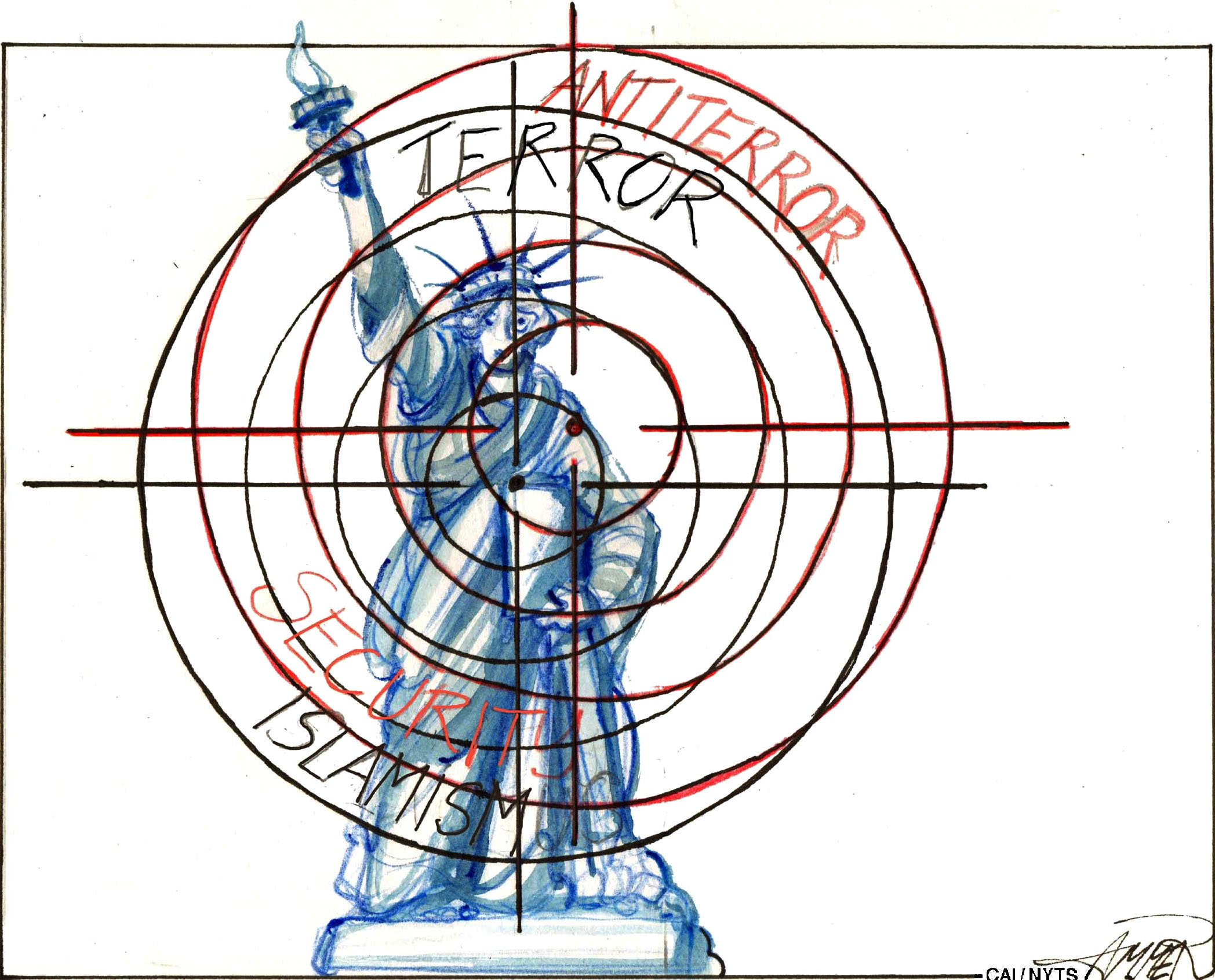Nowadays, we associate far-right politics with fervent Islamophobia. But this was not always the case. In fact, the relationship between the extreme right, particularly in Europe, and Islamist radicalism runs deep, with adherents of both groups sharing some important traits.
These links have often been obvious. Amin al-Husseini, the grand mufti of Jerusalem from 1921 to 1937, maintained close ties with the fascist regimes in Italy and Germany. Many Nazis found refuge in the Middle East after World War II, and some even converted to Islam. And Julius Evola, the reactionary Italian thinker whose work has inspired Europe's postwar far right, expressly admired the concept of jihad and the self-sacrifice it demands.
After the Sept. 11, 2001, terror attacks in the United States, neo-Nazis in both the U.S. and Europe feted the attackers. An official of the National Alliance, America's premier neo-Nazi group, said that he wished his own members had "half as much testicular fortitude." In France, celebrations of the attacks were held at the National Front's headquarters, and German neo-Nazis burned U.S. flags. The Islamist group Hizb ut-Tahrir was banned in Germany in 2003, partly because of its contacts with the far right.



















With your current subscription plan you can comment on stories. However, before writing your first comment, please create a display name in the Profile section of your subscriber account page.